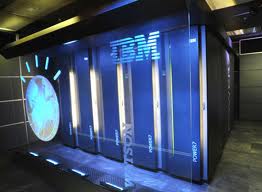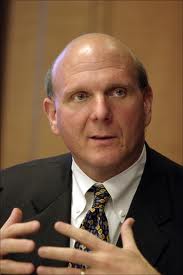Solutions for a Smarter Planet. Not.
Solutions for a smarter planet is IBM’s ad campaign and has been for couple of years. If you watch the TV the message is clear: Look at data more closely, do something smart with it and we will see a better planet. The TV ads suggest (methinks) more efficient energy consumption in cities, better food prices thanks to global climate monitoring, etc.
The print, on the other hand, gets much more granular with lots of tech copy with promises of improvements in healthcare, manufacturing, blah, blah. Half pretty to look at, with buried datapoints to prove the stories, the campaign’s real goal is to seed the “solutions for a smarter planet” idea.
Earnings Reports
So (the digerati all start their sentences with “so”), I’m reading the business section today and notice that Oracle and Accenture sales and profits are up. Oracle shares are near a 10-year high. Businesses are spending again the article proclaims. Then I read another story suggesting General Mills profits are down. The culprit? Higher commodity prices and aggressive discounting. Are those not things a smarter planet is supposed to address?
So what’s what? Machines are selling again. Database software is selling again. We are ensconced in datapalooza yet not really affecting the supply chain the way we might. In other words, we’re not doing “something smart” with the data yet. Similarly, Radian6 has built a great business allowing companies to monitor conversations in the ether. But unless listeners do something smart with that info, they won’t have smarter companies. That’s the way to a smarter planet. Even hunter gatherers know to eat what they gather (something smart). Dial up the machines, dial up the software but let’s invest in some people smarts ya’ll! Peace!




